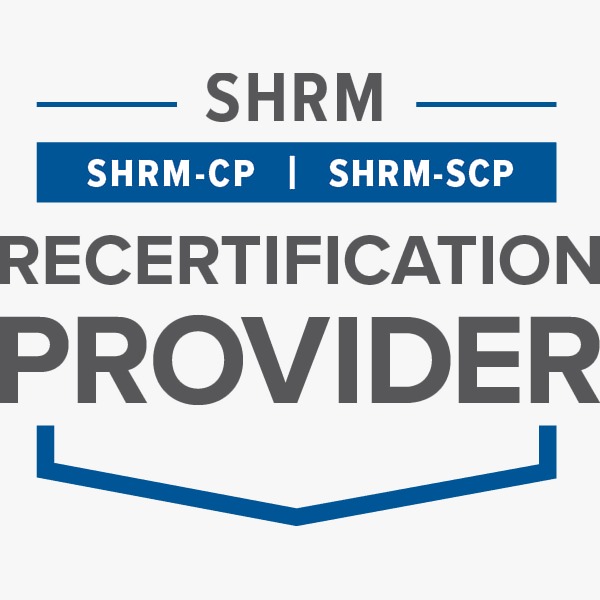- Topics
- Webinars
- Products & Services
Welcome To Biggest Online compliance Platform By LOCGFX Pvt. Ltd.
Human Resource & Payroll
The new independent contractor rule from the U.S. Department of Labor (DOL) could spark an increase in misclassification lawsuits and make businesses less likely to hire gig workers, according to some legal experts.
The final rule restores an earlier standard that required companies to weigh a variety of economic factors together to determine whether a worker is an employee or an independent contractor. It took effect on March 11.
It should not be a strange test to employers. We’re back to where we were in the past. At the end of the day, it’s the courts that really have the power to make that determination about whether an employer misclassified a worker.
The new rule returns to a more employee-friendly standard, and it may usher in a wave of misclassification lawsuits under the Fair Labor Standards Act (FLSA).
The current rule prescribes a five-factor test to guide the analysis, two of which were designated as “core factors” carrying more weight:
1) nature and degree of control over the work and
2) the worker’s opportunity for profit or loss. As such, under the “core factor” test,
If these two factors point in the same direction – an independent contractor – then it is likely that the worker is properly classified as an independent contractor.
By contrast, the proposed six-factor totality test eschews any predetermined weighting. Rather, it requires that each factor be considered in light of the economic reality of the entire activity at issue. The six factors are:
- Opportunity for profit or loss depending on managerial skill
- Investments by the worker and employer
- Degree of permanence of the work relationship (including exclusivity)
- Nature and degree of control (i.e. scheduling, supervision, price setting, and ability to work for others)
- Extent to which the work performed is an integral part of the employer’s business
- Skill and business-like initiative
It is critical for Employers and professionals to make decisions to be compliant based on the criteria above.
- How the Independent Contractor Rule will impact Employers and Independent Contractors
- Why it is confusing to determine and define the requirements for IC status.
- Examples of employee vs Independent Contractors case studies.
- How different this new rule is from the previous rule.
- What the “proposed rules” include, and which proposal can make challenges for Employers and agents of employers like professionals involved in employee relations.
- What the penalties are for violating classification regulations by the DOL, NLRB and IRS.
- How the business communities are opposed to the new DOL Rule
- What the best practices are when classifying employee vs independent contractors.
- How long Employers have to put the new rule in place.
- How Employers can effectively mitigate the proposed regulations.
Considering this heightened scrutiny and potential narrower legal standard, it is now more important than ever to evaluate how companies structure an independent contractor relationship. It is particularly important for employers to seek guidance from experienced counsel when developing and implementing policies related to working with independent contractors.
- All Employers
- Business Owners
- Company Leadership
- Compliance professionals
- Payroll Administrators
- HR Professionals
- Managers
- Supervisors
- Anyone Interested in Being Compliant with Current Regulations

Margie Faulk is a senior level human resources professional with over 15 years of HR management and compliance experience. A current Compliance Advisor for HR Compliance Solutions, LLC, Margie, has worked as an HR Compliance advisor for major corporations and small businesses in the small, large, private, public, Non-profit sectors and International compliance. Margie has provided small to large businesses with risk management strategies that protect companies and reduces potential workplace fines and penalties from violation of employment regulations. Margie is bilingual (Spanish) fluent and Bi-cultural. Margie’s area of expertise includes Criminal Background Screening Policies and auditing, I-9 document correction and storage compliance, Immigration compliance, employee handbook development, policy development, sexual harassment investigations/certified training, SOX regulations, payroll compliance, compliance consulting, monitoring US-based federal, state and local regulations, employee relations issues, internal investigations, HR management, compliance consulting, internal/external audits, and performance management. Margie’s unique training philosophy includes providing free customized tools for all attendees. These tools are customized and have been proven to be part an effective risk management strategy. Some of the customized tools include the I-9 Self Audit. Correction and Storage program, Ban the Box Decision Matrix Policy that Employers can provide in a dispute for allegations, Family Medical Leave Act (FMLA) Compliance Guide, Drug-Free Workplace Volatile Termination E-Book and other compliance program tools when attendees register and attend Margie’s trainings. Margie holds professional human resources certification (PHR) from the HR Certification Institution (HRCI) and SHRM-CP certification from the Society for Human Resources Management. Margie is a member of the Society of Corporate Compliance & Ethics (SCCE).

SHRM -
Compliancevent is recognized by SHRM to offer Professional Development Credits (PDCs) for the SHRM-CPSM or SHRM-SCPSM. This program is valid for 1.5 PDCs for the SHRM-CPSM or SHRM-SCPSM. For more information about certification or recertification, please visit - portal.shrm.org.

HRCI -
This webinar has been approved for 1.5 HR (General) re-certification credit hours toward California, GPHR, HRBP, HRMP, PHR, and SPHR recertification through the HR Certification Institute.
The use of this seal is not an endorsement by the HR Certification Institute of the quality of the activity. It means that this activity has met the HR Certification Institute’s criteria to be pre-approved for re-certification credit.
Sign up now on compliancevent.net. Visit compliancevent.net/webinar to discover a wide range of webinars from industry specialists. Tick on either ‘live webinar’ or ‘on-demand’, and simply click on ‘buy now’ to get enrolled.
You can refer compliancevent to anyone in your social circle. Explore your industry with your colleagues by getting them signed up on compliancevent.net today!
Go for the topic of your keen interest on compliancevent.net. Tick on ‘live webinar’ and get enrolled! Easy registration, transparent transaction.
You can request for an on-demand webinar that records the live webinar for you. After the webinar ends, you will have full access to the webinar’s recording. You can also explore compliancevent offline to order your webinar DVDs, flash drives and transcripts.
If you can’t attend the live webinar, simply go for the ‘on-demand webinar’ for the same price! Now, the live webinar recording will be saved in a cloud storage for you to access anytime from anywhere.
compliancevent offers both hard and soft copies of the webinars. It contains all the highlights as well as comprehensive descriptions of the webinar, so you never miss out a single detail.
After attending the live webinar, your certificate will be emailed to you. You can download it and add more charm to your professional score.
At the end of each webinar, you have the opportunity to interact with your industry experts, where you will get answers to all your queries.
Can’t attend the live webinar? compliancevent has got you covered! You can always switch to the on-demand webinar from your portal. You can also get your hands on the webinar’s DVD/flash drive and transcript. So order them now!
compliancevent brings a variety of options for offline learning. Order your DVDs, flash drives or transcripts now to have a lifetime access to compliancevent webinars. You can also go for on-demand recordings. Download and watch it anytime from anywhere in the world!
